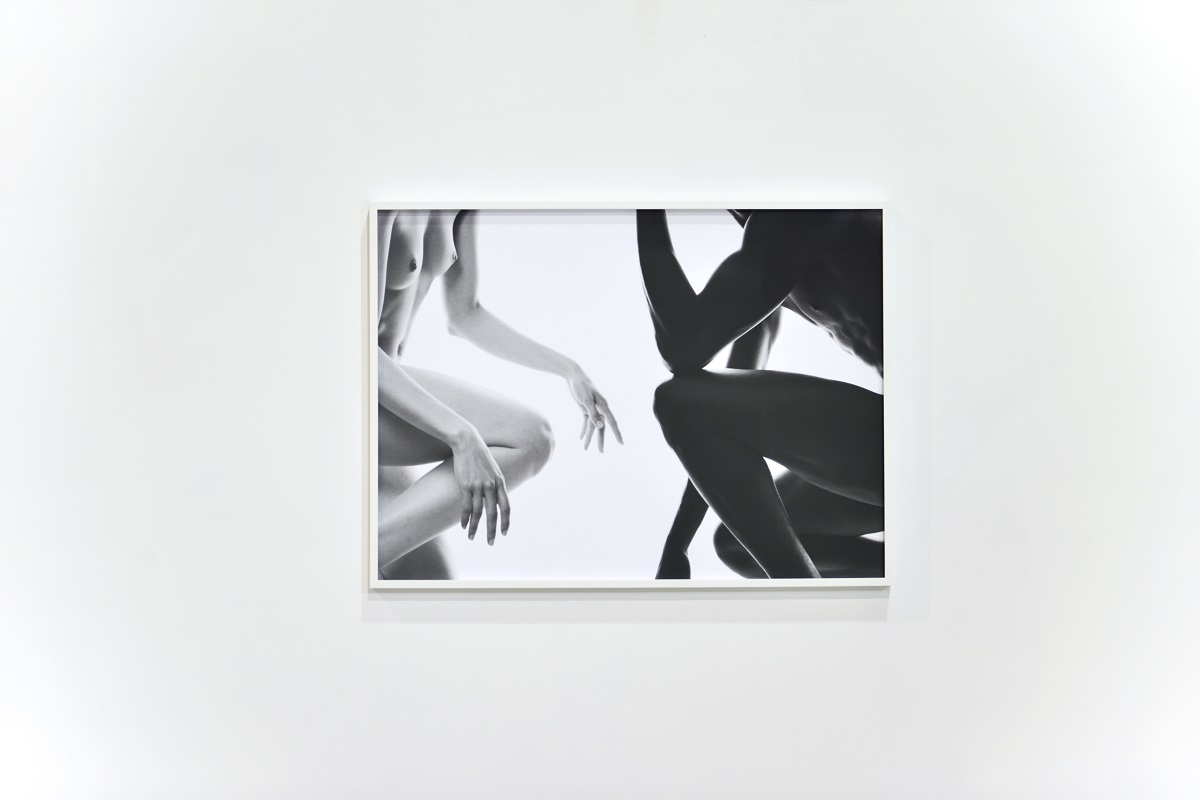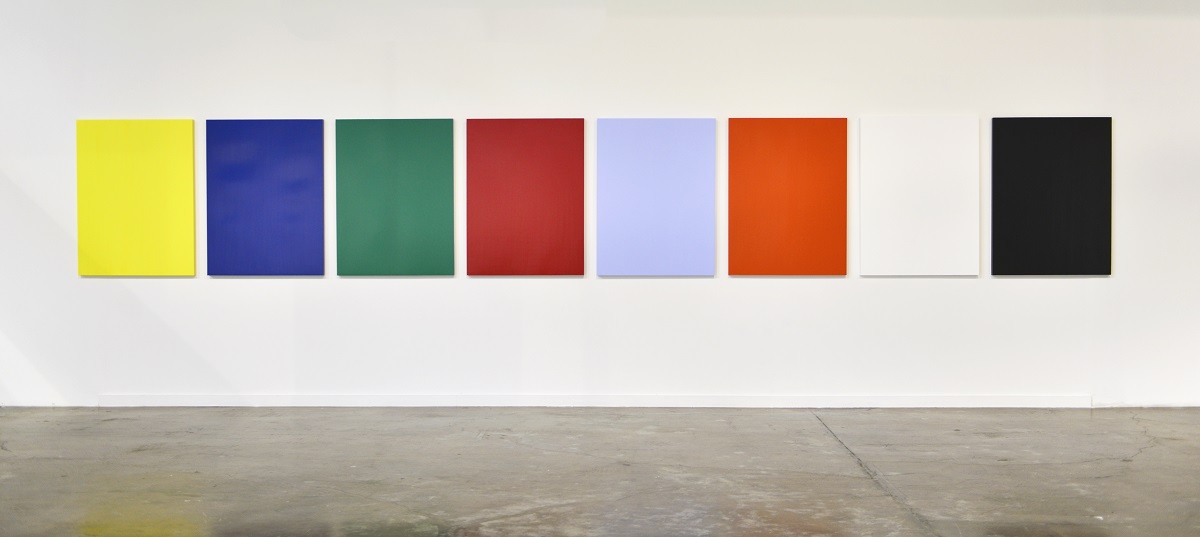Limitless
Exploring Rad Hourani’s Neutrality.
Svelte, poised, and dressed in all-black, 33-year-old Jordanian-born, Montreal-raised, Paris-based creative Rad Hourani is best known as a fashion designer. And for good reason—a member of the Chambre Syndicale de la Haute Couture in Paris, Hourani became the first designer to present an entirely unisex Haute Couture collection in 2013, widely considered to be one of the most groundbreaking collections in couture’s recent history. Yet now, while back in Montreal for the opening of his Neutrality contemporary art exhibit at Griffintown’s cavernous Arsenal Gallery, Hourani clarifies that the title of “fashion designer” does not encapsulate his totality. “In this exhibit,” he says, with a controlled gesture to the crisp white space around him, “I use all mediums of art so as not to just be limited as a designer, photographer, or an artist.”
For Hourani, “limitless” is a buzzword essential to the label-free utopian vision he hopes to convey to his audience. With bright acrylics, metallic sculptures, and moving videos, it is clear that his Neutrality odyssey fluidly incorporates techniques and mediums from across the creative spectrum. “’Neutral’ is a state of being free of any limitations,” he says, nodding to an instillation comprised of three white doors hanging ajar from a wall. One is labeled, “All Genders,” then, “All Skin Colors,” and finally, “All Social Classes.” Like his unisex fashion design, Hourani’s art strives to emphasize the importance of equality and respect for humanity, moving away from the social distinctions he posits are arbitrary.
Neutrality comments on a range of issues central to the artist’s experience. On one platform, a pile of multi-toned sexy toys intended to represent the fallacy (or, “phallacy”) of categorizing race and sexual orientation. Nearby, sixteen mounted commandments serve to counter the world’s identified religions (the first commandment encourages godlessness). Some pieces are quite literal, including a black and white outline of the world without any borders between countries and continents. Other items, however, are more personal. A white frame encasing a mound of Hourani’s own hair symbolizes his epiphany of freedom 10 years ago in Paris. Hoping to rebirth himself as a being of unrestrained creativity, he lopped off his locks—and apparently saved them for this occasion.
“All the pieces are related because neutrality can be genderless, can be ageless, can be raceless, can be limitless,” he asserts after the tour, which ends (surely to the delight of Hourani superfans) in a pop-up shop stocked with a clothing collection exclusive to the exhibition. It seems in Rad Hourani’s world, autonomy is the ultimate triumph and unhindered self-expression total bliss—there is no room for labels. Although highly idealistic, Neutrality conveys a beautifully simple sentiment; one hopes that after exploring the gallery, life will increasingly imitate art.






